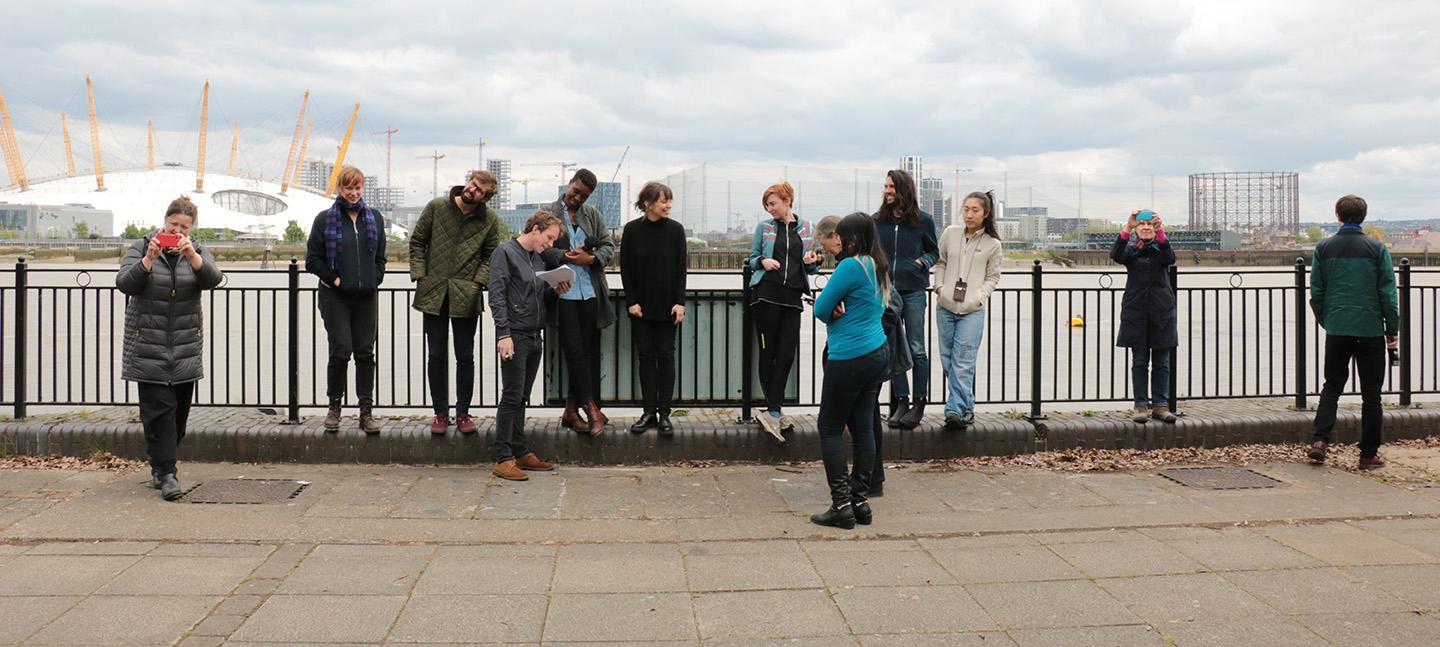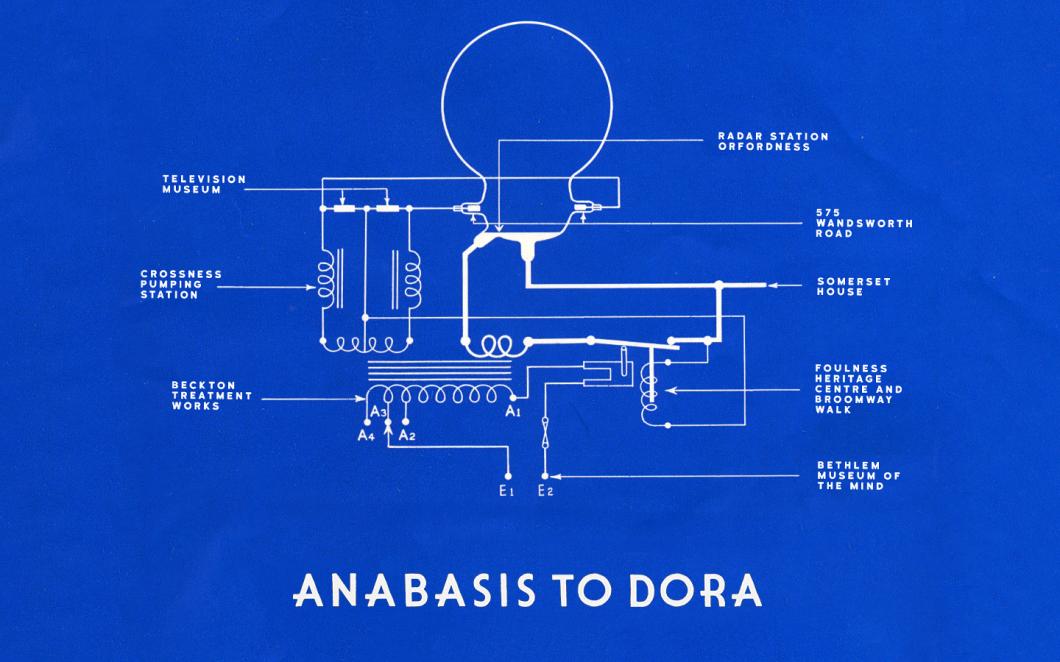The last Anabasis to Dora tour took us to Beckton Sewage Treatment Works and Crossness’ Cathedral on the Marshes, two sites which represent a vital element to London’s infrastructure which often goes unnoticed.
The next trip in the series will take us to two transport network hubs. We will start in the morning with a visit to a Crossrail site, and then go on to Palestra House, TfL’s surface air traffic centre, in the afternoon. These two sites will provide us with an illuminating overview of London’s transport network, in both its present and future manifestations.
The day will begin at Crossrail with an introduction to civil engineering, giving insight to the enormous tunnelling project being undertaken by the Crossrail team, including the furnishing of the tunnels with electricity cables, air vents, water and communications supplies, and the final preparation of their outer skins with spray-on concrete. This concrete is infused with fiberglass strands, which reflect and refract light evenly down each tunnel, one of the most ergonomic and aesthetically rich aspects to the construction.
To stand inside an empty structure of tunnels and platforms – like the incomplete inverse of ruin or a relic – is strangely powerful: it is to witness a moment that will not, cannot be repeated. It is also interesting to consider the sheer quantity of muscle power, materials and resources that enable this huge tunnel-boring task, and which are then abandoned or relinquished once the tunnels are in place. In provoking these and other reflections, this visit will give us a really full picture of the infrastructural site as an entire organism.
In the afternoon we will visit Palestra House, where TfL keeps watch over its live network from a rather forgettable-looking office block in Southwark. We are generously being offered a double bill, including both the control centre and the 3D visualizing suite. We will have the chance to find out what kind of maintenance and level of surveillance the system requires, and how 3D modelling and other new technologies are involved in this vital watching activity – including its response to threat. We might question whether the public has a right to understand what is behind the transport system we use, and how it is monitored and controlled. In all, this is a rare and exciting opportunity to peer into the nucleus of London's transport system.
On both our visits, to TfL and to Crossrail, we will have a real chance to consider how London’s vast, complex transport network looks from two quite different angles, and to think about the profound effect they have, from their hidden control sites, on the peopled, visible surfaces of the city.
The Anabasis Tours website serves as a record of the trips, to which attendees will be invited to add images, text and other contributions. This open-ended process is intended to form a starting point for new modes of exchange.








